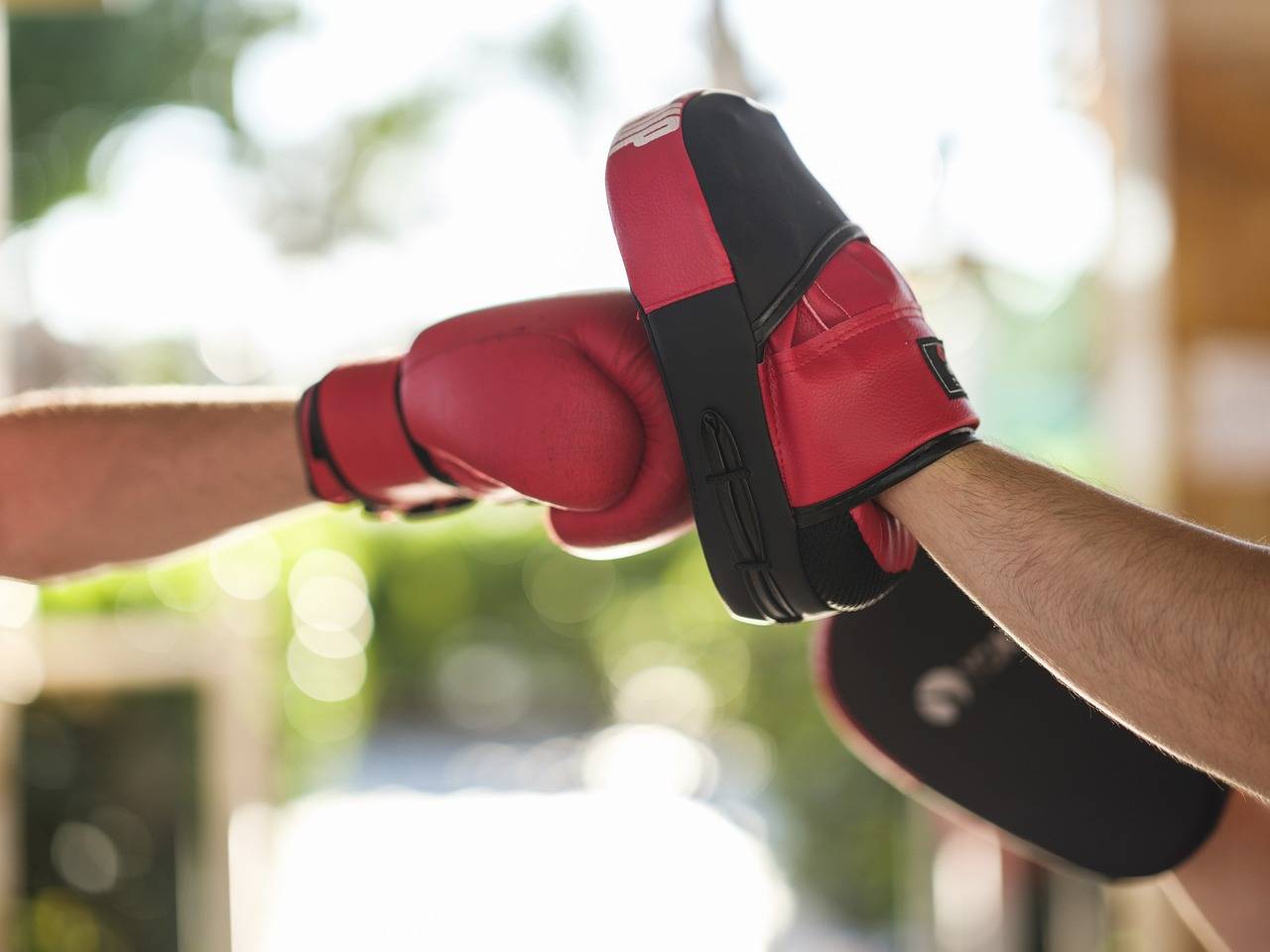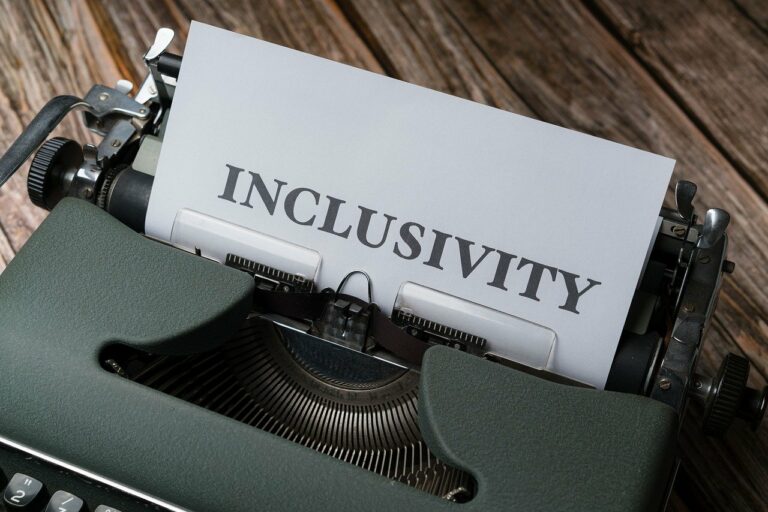Teaching Global History and Cultural Understanding
Educating students about global history is crucial in providing a comprehensive understanding of the world around us. By learning about different cultures, traditions, and historical events from across the globe, students are able to cultivate a broader perspective on human experiences. This global awareness not only fosters a sense of empathy and respect for diverse societies but also enhances critical thinking skills as students analyze the interconnectedness of historical events.
Moreover, global history education equips students with the knowledge and tools needed to navigate an increasingly interconnected world. In today’s globalized society, having a strong foundation in global history allows individuals to better comprehend current global issues and trends. By studying the past on a global scale, students can develop a more nuanced understanding of complex geopolitical relationships and cultural dynamics that shape our world today.
Fostering Cultural Awareness in the Classroom
To foster cultural awareness in the classroom, educators must actively incorporate diverse perspectives into their teachings. This can be achieved by incorporating literature, artwork, music, and historical events from various cultures around the world. By exposing students to a wide range of cultural experiences, teachers can help cultivate an environment where differences are celebrated and respected.
In addition to incorporating multicultural materials, educators should also encourage open discussions about cultural diversity. Creating a safe space for students to share their own experiences and perspectives can help promote understanding and empathy among classmates. By fostering a sense of curiosity and appreciation for different cultures, teachers can help students develop a more inclusive worldview that values diversity and fosters cultural awareness.
Strategies for Teaching Global History
When teaching global history, it is essential to utilize a variety of resources and teaching methods to engage students effectively. Incorporating primary sources, such as documents, artifacts, and testimonies, can offer students a firsthand look into historical events and promote critical thinking skills. Pairing these primary sources with secondary sources, such as textbooks and scholarly articles, can provide a comprehensive understanding of the topic at hand.
Furthermore, incorporating discussions and debates into the classroom can encourage students to think critically about differing perspectives and interpretations of historical events. By fostering an environment where students feel comfortable expressing their viewpoints and engaging in constructive dialogue, teachers can help students develop a deeper understanding of global history and its complexities. This interactive approach can also help students develop important communication and analytical skills that are essential for navigating the complexities of the modern world.





